Aman Resorts debuts new hotel brand: Janu Tokyo
When Aman Resorts announced it was launching a new brand, the travel world waited with bated breath. The Australian was granted the first look at Janu Tokyo, the playful sibling with a focus on dining, socialising and wellness.

Here’s the thing with siblings: however hard you try to stand out, your kinfolk will inevitably serve as a constant yardstick for comparison. So when Aman, one of the world’s leading hotel groups with a fiercely loyal following of cash-flush jet-setters, announced a more affordable sister brand, Janu, back in 2020, the rumour mill started spinning with questions and speculations. How will it stack up against the original Amans? Will it feel as hush-hush and exclusive? Is Aman – gasp! – selling out?
The clue was in the name: Aman translates to “peace” in Sanskrit, while Janu means “soul”. “We created Janu to cater to the evolving needs of global travellers,” says Vlad Doronin, chairman and CEO of Aman Resorts. “It provides a dynamic and social experience to a clientele with a different mindset – guests seeking the ultra-luxury experience reminiscent of Aman, but with a more uplifting spirit and opportunity for genuine connection.” So, instead of meddling with Aman’s time-tested formula, which has its devotees happily fork over north of $3000 per night, a sister brand was the answer. “We wanted to protect Aman’s DNA and keep it like it is: a private sanctuary, a place to retreat,” Doronin says. “Janu thrives on connecting guests through a social, energetic, and more playful environment. It’s designed to encourage connection and collective joy.”
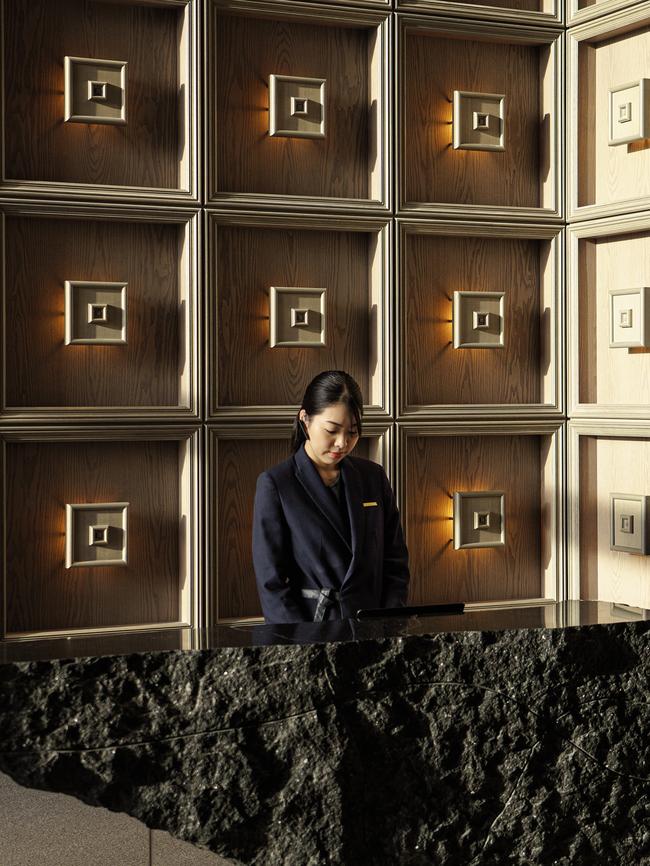
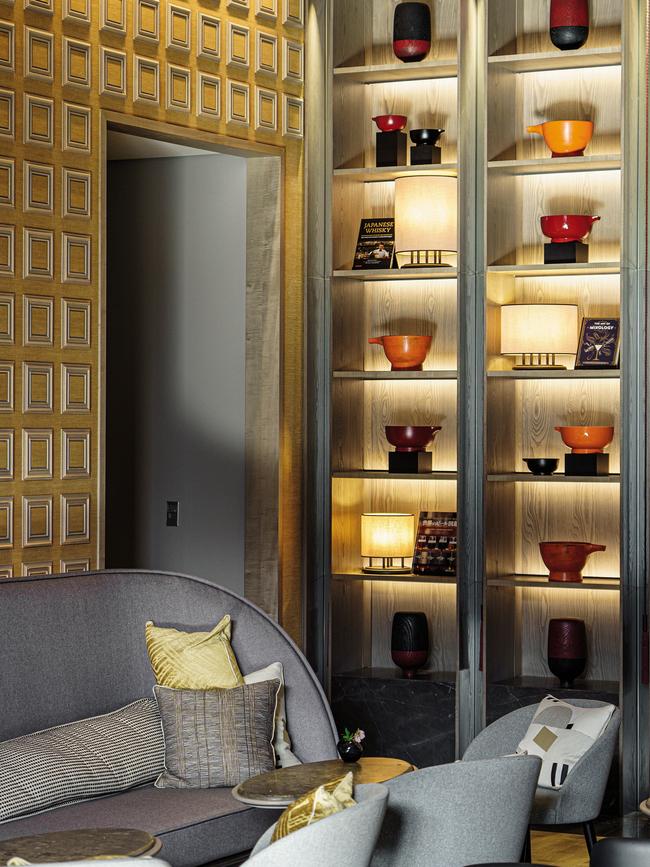
-
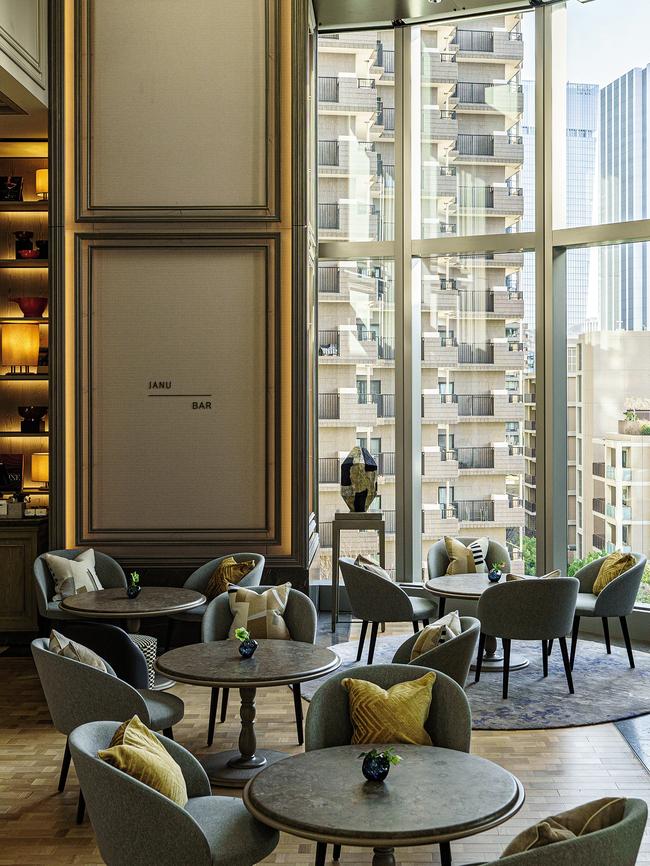

Those somewhat abstract terms took shape in March with Janu’s debut in Tokyo, the same city where Aman premiered its first urban outpost, Aman Tokyo, a decade ago. “For me, Tokyo has always been an inspiring place,” says Doronin. “Japan has the most incredible cuisine, ancient culture and truly exceptional service. Tokyo’s rich cultural fabric felt natural for our first Janu property.” The hotel’s setting, the lower 13 floors of a silver-gleaming edifice in the new Azabudai Hills district just west of the Tokyo Tower, felt just as obvious. Touted as a community-focused city-within-a-city, Azabudai Hills unfurls into an undulating complex of chichi pâtisseries, tea parlours and galleries, rooftop gardens and swirling ponds. It’s now home to Tokyo’s tallest skyscraper, and – not coincidentally – Aman’s branded residences, which launched last year.
When I checked in at Janu Tokyo a few days after it opened last month, “buzzy” was the first description that sprang to mind. A surprise, given that Aman is better known for fashioning hotels so private that they can feel near-deserted, and for staff briefed to be so whisper-quiet, they seemingly levitate. Yet, I arrived in a lobby filled with the upbeat din of chit-chat and the clatter of Champagne flutes and afternoon-tea trays. The look, too, felt remarkably un-Aman: instead of the serene lobbies I had grown accustomed to, Janu’s double-height foyer makes an entrance with giant French lampshades emerging from a mirror-clad wall and curvy chairs upholstered in eye-popping patterns.

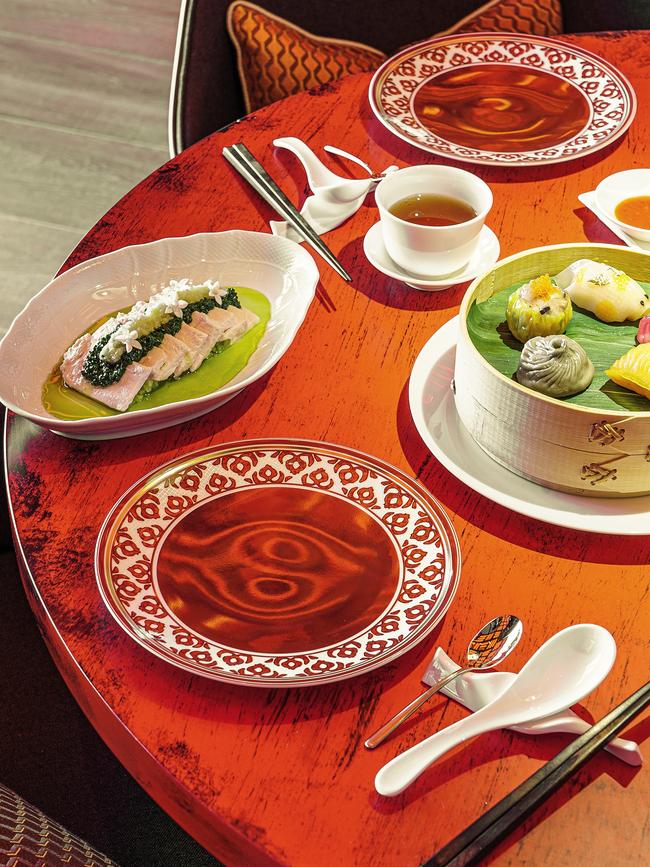
-


It’s a bold departure from the straight-lined, pared-back aesthetic Aman’s stalwart architect Jean-Michel Gathy and his Denniston design studio established with their work at – among others – Amanyara in Turks and Caicos, Amanoi in Vietnam, and Aman New York. Briefed to infuse Aman’s clean look with a dose of joie de vivre, Gathy created a playful East-meets-West mashup in which classic wainscot panelling and claw-footed bistro tables abut latticed wood walls and desks from cleft black granite. Trained eyes will clock plenty of Aman hallmarks, though: local crafts are reflected in the ground-floor gallery’s scalloped ceiling, bedecked in bands of traditional Japanese shimenawa rope, while glass panels around the hotel feature fibre-like patterns reminiscent of washi paper.
The Aman family resemblance is even stronger in the guest rooms (of which there are 122, making Janu Tokyo a fair bit larger than its 84-room nearby sibling, yet still bijou compared with other lifestyle-led newcomers such as the 206-room Tokyo Edition in Toranomon and the 190-room Four Seasons in the Otemachi district). Each is a haven of creams and greys, all clean-lined with sliding walls that nod to shoji screens and chōchin lantern-inspired bedside lights that, like a tongue-in-cheek surprise, hide a French lampshade inside. Most rooms open to a snug balcony (or two), while all – from the entry-level rooms to the 41 suites – deliver living space in spades.
Janu’s showpiece, though, is its wellness centre, spread over four floors and 4000 square metres. Had I wanted to, I could’ve opted for the full shebang: a spinning class or yoga session in one of the five dedicated studios (which include a fully fledged golf simulator) followed by a workout in Tokyo’s largest gym – 340 square metres of fitness gadgetry with all the bells and whistles and a floor-spanning swimming pool. I, however, found my Zen in the equally sprawling spa, where my treatment started with a sake and saltwater hand wash and ended with a snooze while a therapist brushed a copper comb over my scalp.
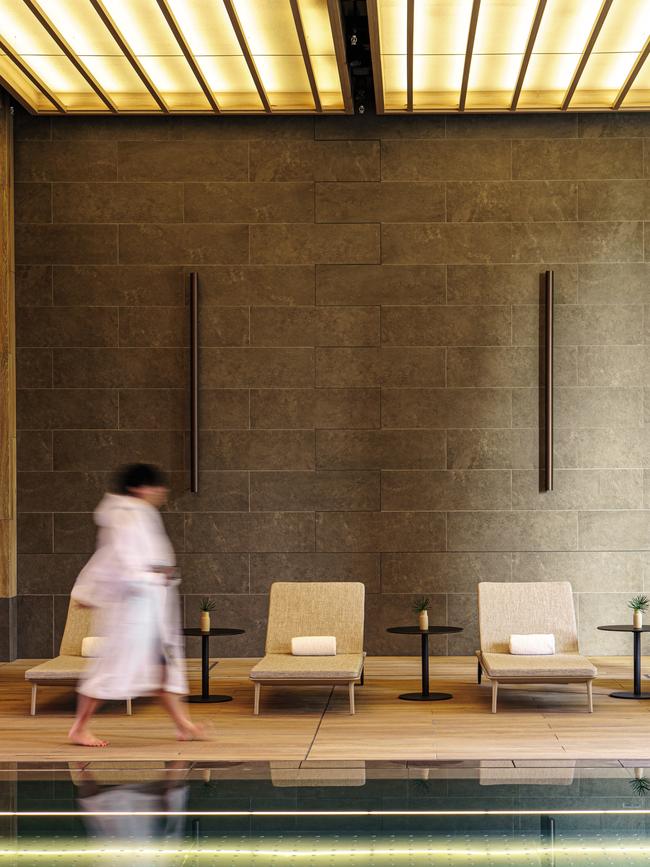

-

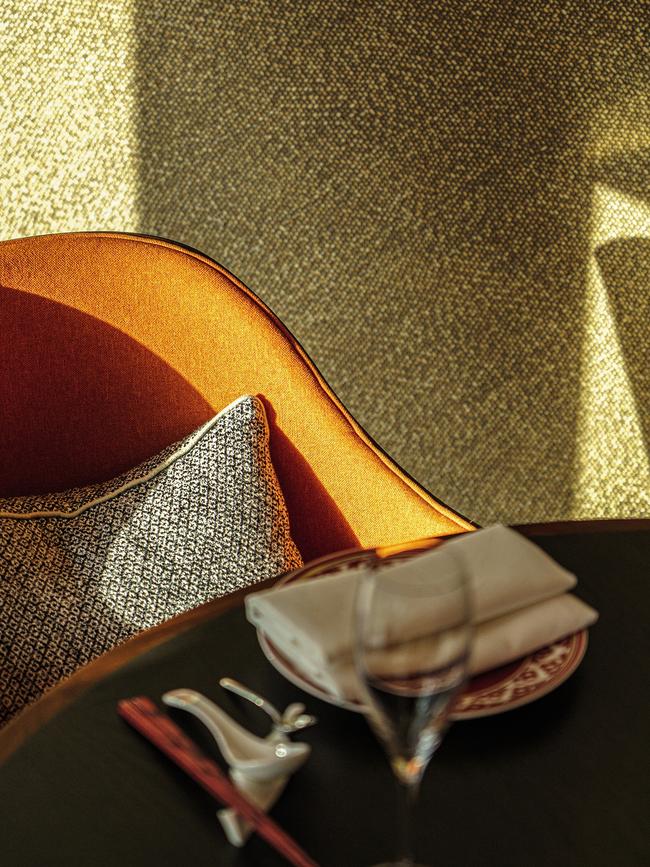
The “genuine connection”, Doronin hopes, will be cultivated in the bars and restaurants. Janu has eight of ’em, and unlike at most Aman hotels, they’re open to everyone (they’re so welcoming, in fact, that some restaurants were fully booked during my visit). “Dining is considered by many to be the centre of culture and shared experience,” says Doronin. “The restaurants’ open kitchens, dining counters and communal spaces foster social interaction, whether it’s with the chefs or fellow diners.”
That convivial aim is clear at Mercato, a light-flooded, double-height restaurant with a knotty, ancient-looking olive tree as its centrepiece (an artificial one; I was told the real deal would attract too many insects). From open kitchens covered in red arabescato marble, staff in Converse sneakers and slouchy camel-coloured uniforms bring out unfussy Italian food from mostly homegrown ingredients such as a divine burrata sourced from the nearby Gunma prefecture and aperitivi mixed from local gin distilled with sencha and cherry-blossom leaves. Similarly easy-going is Hu Jing, done up in red lacquer, Shanghai brick and oyster-hued wicker, where you’ll find everyone from troupes of salarymen to date-nighters sharing Peking duck, natural wine, and steaming baskets of gold-dusted dim sum folded like bite-sized koi fish.
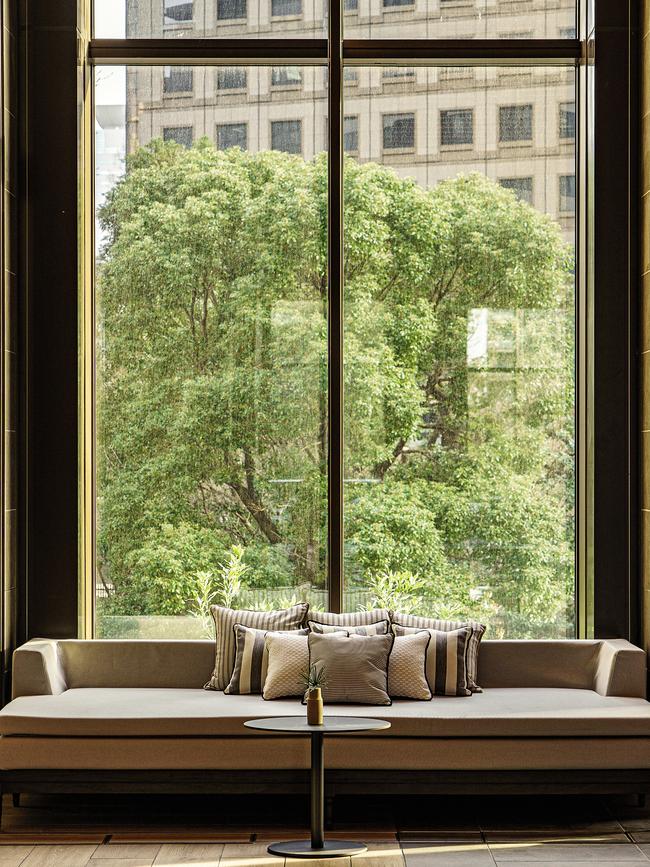
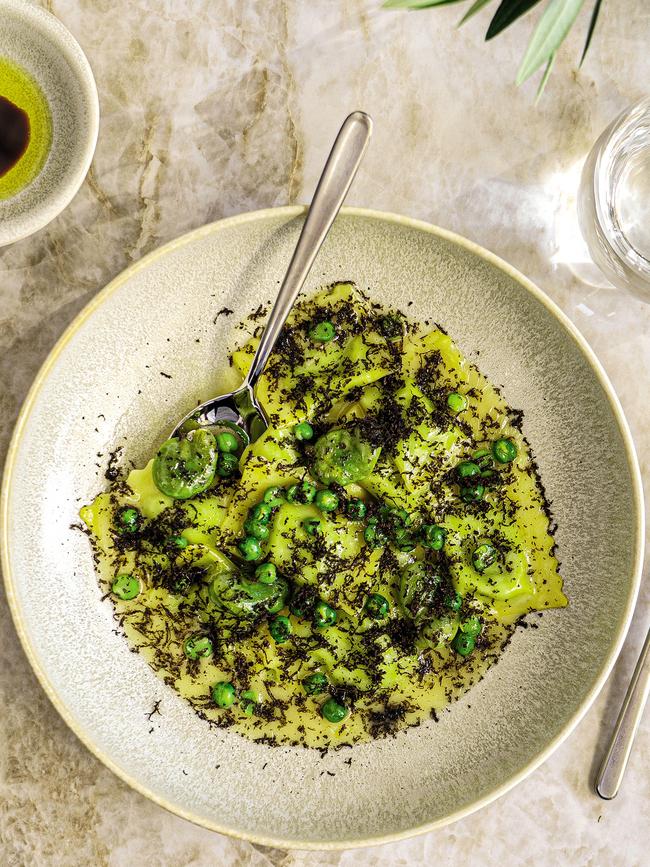
-
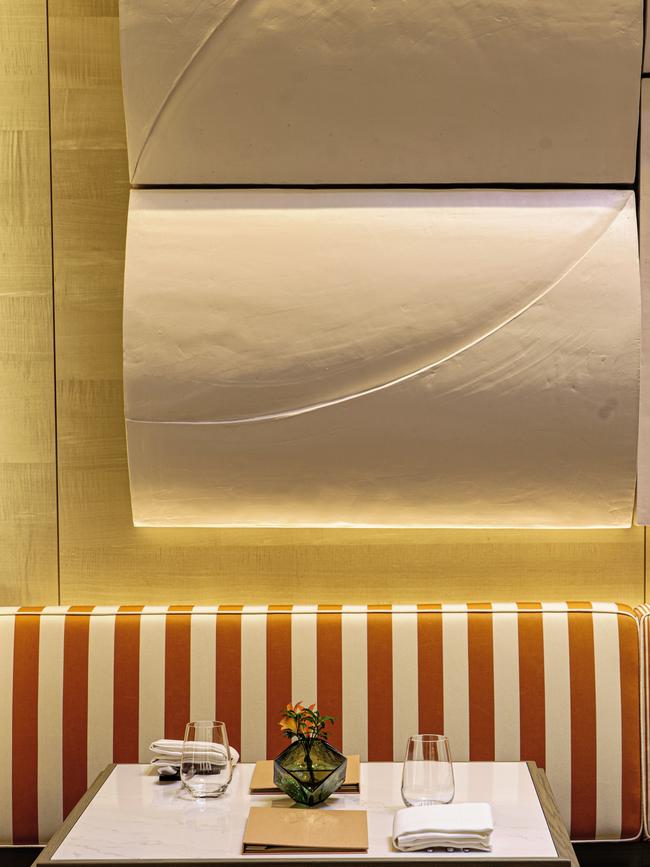

Of course, there’s Japanese food to be had, too. Pass through the breezy linen noren curtain on the ground floor and you’ll reach Iigura, a snug sushi spot where sensei Kunihiro Shinohara serves his take on Edo-era sushi on a room-spanning countertop made of blonde hinoki wood. More intimate yet is Sumi, secreted away in an unassuming corner of an adjoining tower like one of those parking-garage sushi joints. This pint-sized dinner spot, with 13 counter seats circling a copper-clad open kitchen, riffs on Japan’s classic sumibiyaki charcoal-grill restaurants with an omakase menu that draws on seasonal ingredients such as firefly squid, rockfish and yomogi (Japanese mugwort).
The question on everyone’s lips: is it as good as Aman? After spending a few days around the hotel, I realised that there’s no point in comparing it to its twice-as-pricey siblings, as Janu will likely poach guests from a wholly different pot. While details are still scant, the brand has 12 more openings in the pipeline for the coming years, covering destinations such as South Korea, Phuket, Montenegro and Portugal. And while those in the know will undoubtedly keep clocking traces of Aman’s DNA, this extrovert sibling is steadily growing its own distinctive branch on the family tree.
The writer was a guest of Janu Tokyo. Rooms from $US944. janu.com

To join the conversation, please log in. Don't have an account? Register
Join the conversation, you are commenting as Logout